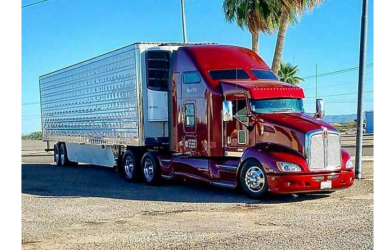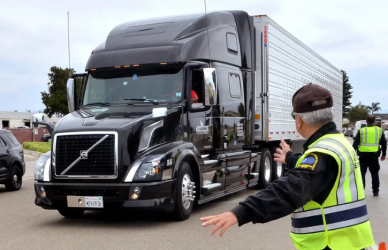In the realm of commercial trucking, the persistent challenge of retaining drivers has become a critical concern for carriers. The associated turnover rates not only incur heightened costs but also disrupt operational efficiency. Amidst these challenges, a fundamental solution emerges—establishing and transparently communicating clear expectations to drivers. This singular element, when integrated into a robust retention plan, holds the potential to significantly impact overall retention rates.
Why are clear expectations important?
Clear expectations stand as the bedrock of successful driver-carrier relationships. Providing drivers with a precise understanding of their expected roles contributes to heightened job satisfaction, reduced frustrations, and ultimately, increased driver retention rates.
Communication is Paramount – Open and transparent communication regarding job roles, responsibilities, and performance standards forms a robust foundation. Drivers value knowing what is expected of them, fostering higher morale and a sense of belonging within the carrier’s ecosystem.
Avoiding Misunderstandings – Clearly outlined expectations by carriers minimize the likelihood of misunderstandings. Whether concerning delivery schedules or compliance requirements, drivers can align their actions with the carrier’s objectives, mitigating unnecessary conflicts.
Building Trust – Trust constitutes a vital component of driver-carrier relationships. Well-defined expectations, consistently met, build a sense of trust between drivers and carriers, crucial for driver satisfaction and long-term commitment.
How do you implement clear expectations?
Comprehensive Job Descriptions – Crafting detailed job descriptions that intricately outline roles, responsibilities, and performance metrics provides drivers with a comprehensive overview of their duties. This not only aids in hiring the right fit but also sets the tone for ongoing engagement.
Structured Orientation and Onboarding – During the orientation process, carriers should methodically present their expectations, encompassing safety protocols, driving guidelines, and company policies. A thorough onboarding process ensures that drivers are well-acquainted with the carrier’s ethos from the outset.
Regular Updates – In the dynamic landscape of the trucking industry, where regulations and protocols evolve frequently, carriers must promptly communicate these changes to their drivers. This proactive approach demonstrates the carrier’s commitment to their drivers’ success.
Performance Metrics – Establishing clear performance metrics, such as on-time delivery rates and compliance records, allows drivers to assess their performance. Regular feedback sessions help drivers understand their strengths and areas for improvement.
Open Door Policy – Encouraging drivers to express concerns and questions fosters an environment of open communication. Addressing drivers’ queries promptly enhances job satisfaction and underscores their importance within the carrier’s operations.
In the fiercely competitive commercial trucking landscape, nurturing driver retention stands as a top priority for carriers. Clear expectations emerge as a driving force in achieving this goal. Through transparently communicating job roles, responsibilities, and performance standards, carriers can cultivate a contented and loyal driver workforce.
The roadmap is clear: prioritize communication, prevent misunderstandings, and foster trust. By implementing the strategies outlined above, carriers can lay the groundwork for enduring driver-carrier partnerships. As the industry evolves, embracing the power of clear expectations can revolutionize driver retention rates and reshape the future of commercial trucking carriers.












